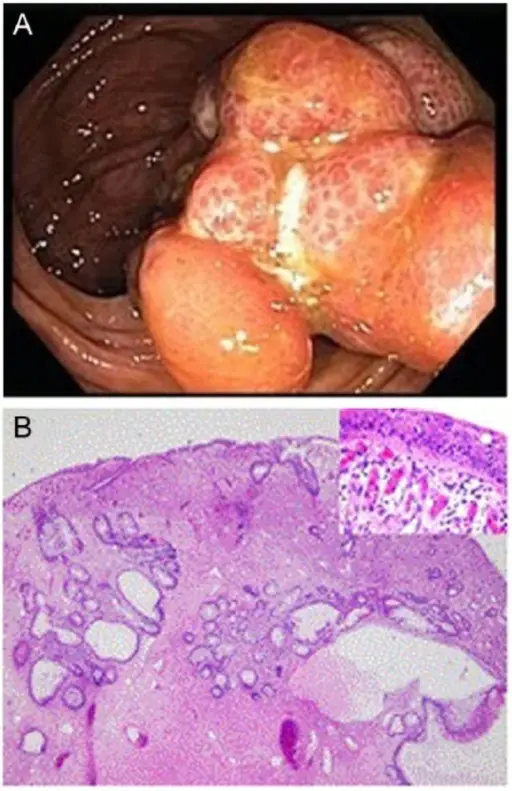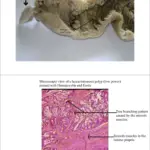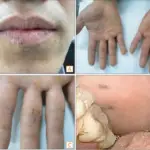Juvenile polyps are a hereditary condition that is characterized by the presence of hamartomatous polyps in the digestive tract. The term “juvenile polyposis” refers to the examination of the polyp under a microscope.
What is the Pathology of Juvenile Polyps?
The pathology of juvenile polyps is:
-Etiology: The cause of juvenile polyps is mutation.
-Genes involved: BMPR1A, SMAD4.
-Pathogenesis: The sequence of events that lead to juvenile polyps is unknown.
-Histology: The histology associated with juvenile polyps shows spherical appearance with extensive surface erosion; a marked increase of the stromal cell compartment; inflammatory and reactive changes of the epithelium and distorted and dilated crypts.
How does Juvenile Polyps Present?
Patients with juvenile polyps typically are all genders between 2 to 5 years of age.The symptoms, features, and clinical findings associated with juvenile polyps include bleeding from the rectum, diarrhea, constipation, cramping/abdominal pain, chronic long-term weight loss.
How is Juvenile Polyps Diagnosed?
Juvenile polyps is diagnosed by colonoscopy and biopsy.
How is Juvenile Polyps Treated?
Juvenile polyps is treated by endoscopy and surgical removal.
What is the Prognosis of Juvenile Polyps?
The prognosis of juvenile polyps is good. It usually affects the colon, but can occur in the small intestine, stomach, or pancreas. People with JPS have a 10 percent to 50 percent risk of developing cancer in the GI tract.



